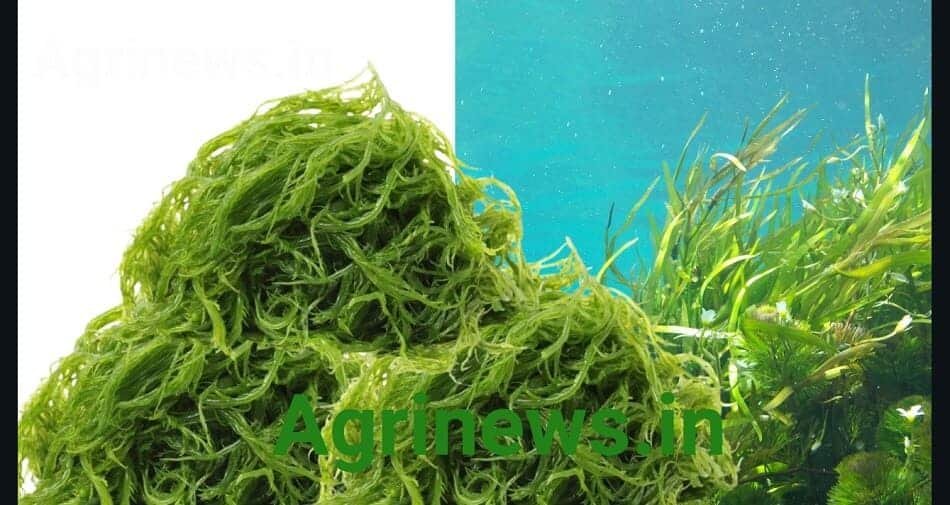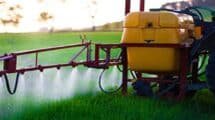Seaweed farming a game-changer for both economy and environment
Seaweed farming is becoming more popular along India’s long coastline. It’s creating new income opportunities for coastal communities while also helping protect the environment. Unlike earlier times, more people living along the coast are now turning to this sustainable practice. Marine experts and government agencies are actively promoting seaweed farming as a win-win for both the economy and nature.
Dr. Grinson George, Director of the ICAR-Central Marine Fisheries Research Institute (CMFRI), said that seaweed farming has strong business potential. “With global demand rising and research showing many benefits, seaweed farming is a great opportunity,” he explained. “The global seaweed market was worth $16.5 billion in 2022. With its long coastline, India is in a good position to benefit from this growing market.”
CMFRI has developed farming methods like the Integrated Multi-Trophic Aquaculture (IMTA) system, which combines seaweed farming with sea cage fish farming. This method has helped farmers increase their harvests and income. Growing seaweed types like Kappaphycus has proven to be profitable, especially when used in these integrated systems.
“Blue Gold” of the Sea
Dr. George called seaweed farming “Blue Gold” because it provides a steady income and reduces the pressure on marine life caused by traditional fishing. He also mentioned that forming fish farmer producer companies could give local farmers better market access and fair prices.
Seaweed is used in many industries, such as food, cosmetics, and medicine, which opens up many market opportunities. CMFRI’s research has also shown that Indian seaweeds can be used to create nutraceuticals—natural products that support health—meeting the rising demand for eco-friendly health solutions.
Seaweed also helps the planet by absorbing carbon and reducing methane emissions, making it an important tool in the fight against climate change. Also Read | CMFRI discovers natural treatment for fatty liver illness from seaweeds.
What’s Needed to Grow the Industry
To scale up seaweed farming, Dr. George said there’s a need for strong coastal leasing policies and a solid mariculture (marine farming) framework. These will attract investments and help the industry grow faster.
Other important steps include:
-
Setting up seed banks and micro-propagation centers to ensure a steady supply of good quality seedlings
-
Investing in research and development to improve seaweed types and farming methods
-
Expanding offshore farming
-
Building stronger supply chains
-
Creating and promoting value-added seaweed products
With the right support, seaweed farming can continue to grow and become a major source of income and environmental protection for India’s coastal areas.


















Add Comment